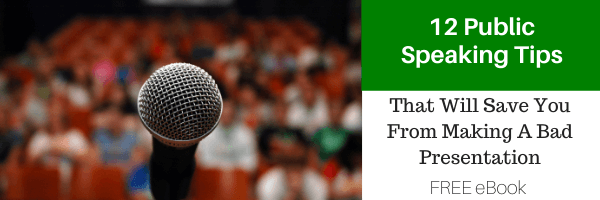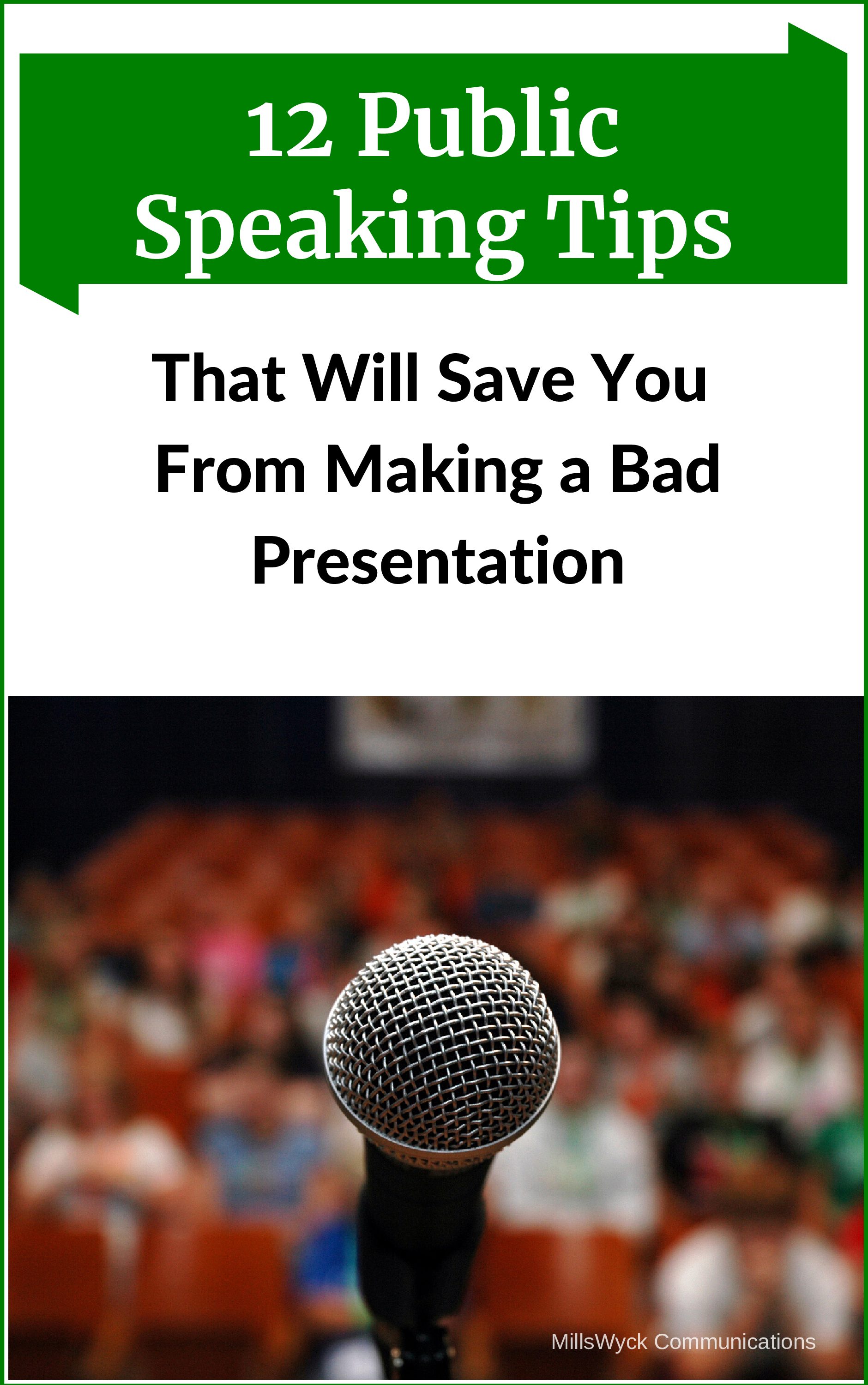Saw the same presenter handle questions in one of the best ways and worst ways I’ve seen — all in the same presentation.First the good. The presenter was before a crowd that isn’t gathered often, and the last time they were together was before a major change that affected everyone. Questions had been solicited before the program began and the program actually started with the major “elephant in the corner” question that everyone wanted to know the answer to. Very forthright, gets it in the open, fosters an environment that says “we’ll address all the issues”, and gives instant credibility. Grade: AI like questions up front for another reason. I’ve seen too many programs degenerate at the end into a Q&A period that was out of the control of the presenter. Since questions aren’t often interesting to an entire audience (this example was, however), then attention wanes, and time becomes the limiting factor and the program ends on a down note instead of the high call to action that should close things out. If you have to have Q&A, near the front is often not a bad place for it.Later in the same program, the rest of the questions solicited were “addressed”, and finally when that didn’t take as long as expected, the live audience was asked for input. In the case of the canned questions, the presenter (one of a panel, actually) didn’t read the question, but started to editorialize, paraphrase, and offer solutions before the problem was even established. In many cases, he’d stop reading mid-sentence and start answering. The audience was left wondering what the question really was, and whether the soliloquy was an answer to the question or a platform speech. This undermined some of the credibility gained at the opener. Grade: C-When reading questions, it’s real easy: read the question. When answering questions, it is also easy: answer the question. When you try to put words in people’s mouths or take an exit before the question is even posed, the result is a disingenuous feeling from the audience. Additionally, when you ask for questions but have limited time, state the time constraints up front and how additional questions will be handled. When you have additional questioners lunging their hands in the air to get recognized and then cut them off without acknowledging them, feelings aren’t likely to by chummy.
Answer questions. Or don’t. But don’t stay in the middle.


